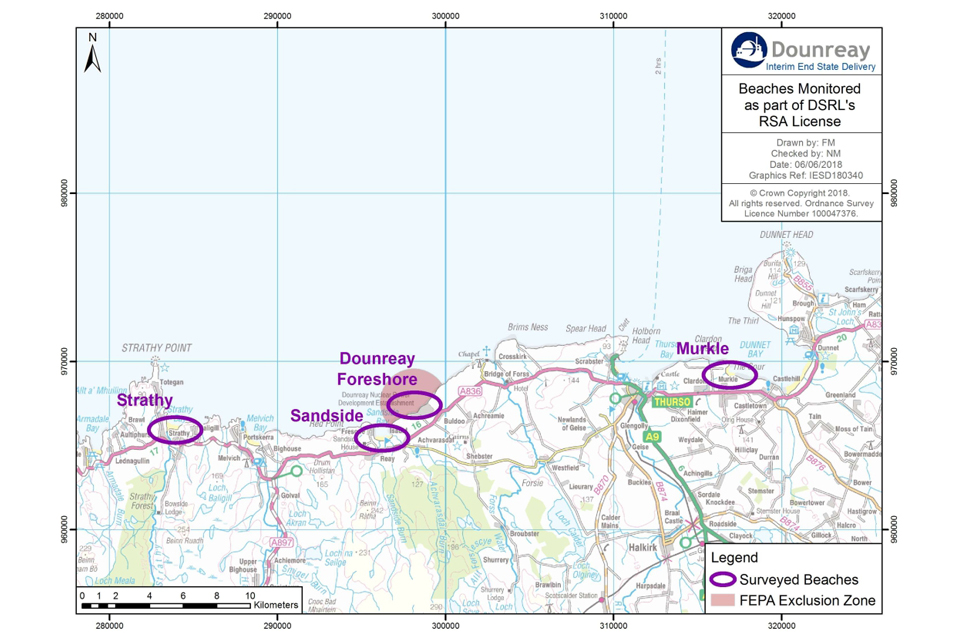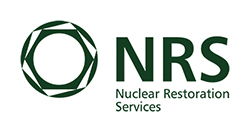Information leaflet about the monitoring of beaches near Dounreay
Updated 5 December 2024
Dounreay was an experimental nuclear site where different types of fuel were tested and recycled during the twentieth century. These experiments came to an end in the 1990s and the site is now being remediated for re-development. The site closure programme includes work to address a legacy of radioactive particles in the marine environment around the site. This leaflet provides a brief explanation of this work and where you can find more information.
The background
Nuclear fuel was reprocessed at Dounreay for almost 40 years. Used fuel was dismantled in water-filled ponds before chemical processing to recover material which could be re-used. These processes generated metallic fragments, some of which entered the site’s effluent system and were discharged to the sea. Routine monitoring of the coastline around Dounreay began to detect particles of this material in the early 1980s, when practices at the site were changed to prevent any more discharges of this material.
Beaches monitoring
The particles behave like grains of sand and are transported by the action of the sea. Beaches on either side of Dounreay are monitored routinely using radiation detection instruments and any particles found are removed. This programme is agreed and regulated by the independent Scottish Environment Protection Agency (SEPA), and funded by the Nuclear Decommissioning Authority. All finds are published on our website.
Health risks
Extensive independent research was carried out at the request of SEPA and the Committee on Medical Aspects of Radiation in the Environment (COMARE), which advises Government. Particles vary in size and radioactivity. Generally, smaller and less active particles are found on beaches used by the public while larger particles have been found only on the foreshore at Dounreay. This area is not used by the public. Current expert advice is that the risk to the public on local beaches is very low, so there are no restrictions on public use. This advice is kept under review.
Harvesting of seafood
As a precaution, the harvesting of seafood is prohibited within a two kilometre radius of a point near Dounreay. This is where the largest and most hazardous fragments have been detected. This Order is the responsibility of the Food Standards Agency (Scotland) under the Food and Environmental Protection Act 1985.
Clean-up
The smaller particles found on beaches are believed to come from the disintegration of larger fragments in the seabed near Dounreay. Between 2008 and 2012, a remotely-operated submersible scoured the seabed and retrieved a number of fragments. Continuous monitoring of nearby beaches provides important information about the effectiveness of the particle recovery programme.

The image is of a map with the areas where beach monitoring taking place circled to show their location.
More information
You can find out more about this work by:
- visiting NRS Dounreay public information office at: 7 Olrig Street, Thurso, KW14 7BJ (open 08:00 to 16:15 Monday to Friday)
- emailing NRS Dounreay at: [email protected]
- telephoning NRS Dounreay on: 01847 802121
- writing to: NRS Dounreay at Dounreay, Thurso, Caithness, KW14 7TZ
- visiting our website Nuclear Restoration Services - GOV.UK (www.gov.uk))

